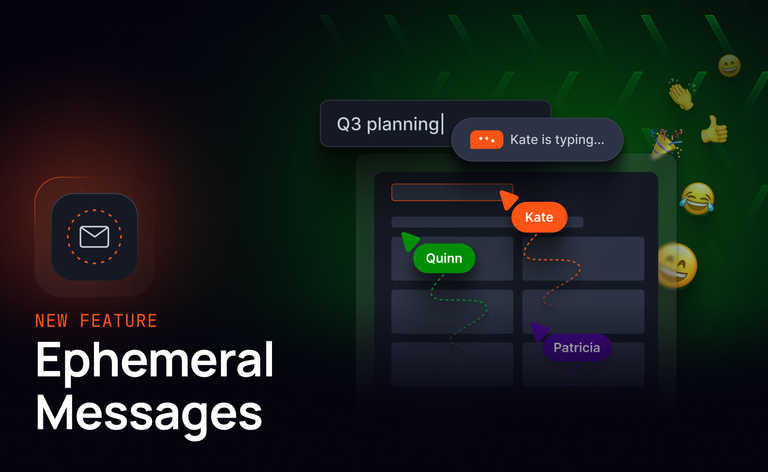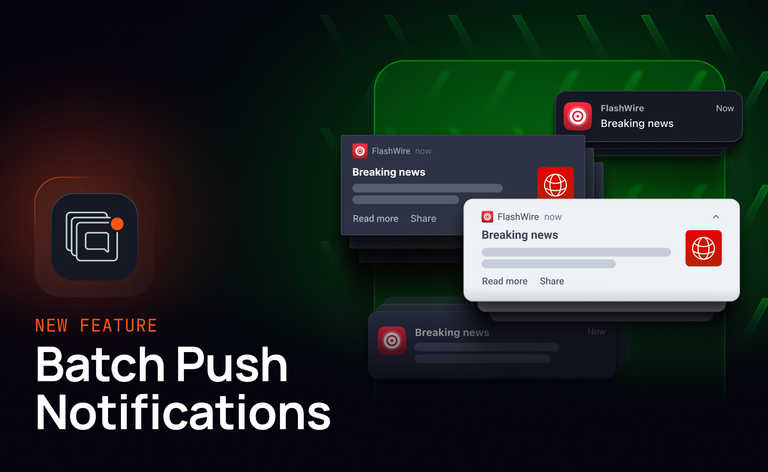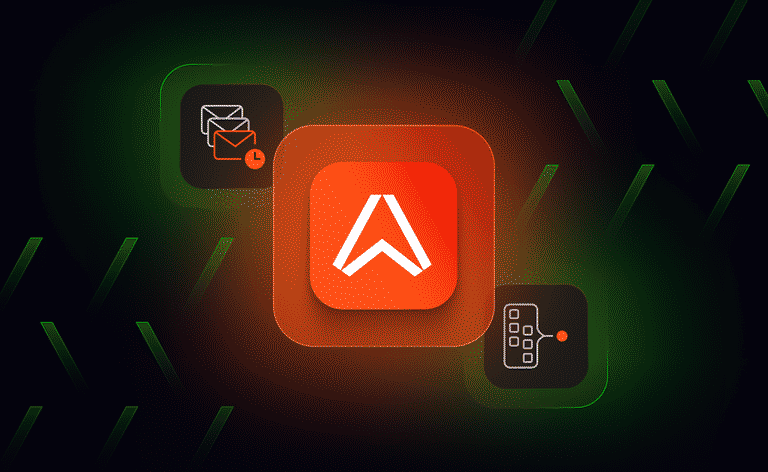SaaS has revolutionized the way in which we buy software both at home and at work. It’s no surprise tech companies dominate the internet. But competition is fierce. How are these companies driving growth and ensuring longevity today? By deploying the right technology in their products to meet new expectations.
Across our professional and personal lives the way we interact with companies and each other has changed. We’re now accustomed to live, on-demand interactions and expect brands to hyperpersonalize our online experiences based on realtime intent and behavioral signals. This has shifted our expectations for all digital interactions.
The number of real time interactions and amount of data is already huge and continues to expand. Looking to 2020 and beyond, the proportion of event-driven data produced and consumed in realtime is growing exponentially. IDC predict that by 2025 1/3 of all data produced globally will be realtime.
To successfully capture this market, SaaS companies need to meet not only end-user expectations but also developers’ growing expectations for event-driven data exposed through realtime APIs. According to Gartner, 50% of all managed APIs will be event-driven by 2020. And 40% of developers believe realtime APIs are in need of innovation.
The core value in many of the products we use everyday - the likes of HubSpot, Slack, Uber, Notion, Zoom - derives from realtime technology. And we all increasingly expect these apps and solutions to play nice with each other, building up mountains of integrations with third-party platforms. Both developers consuming APIs and end-users accessing apps through dashboards will benefit from realtime.
Realtime technology as a concept
As a concept, realtime is easy enough to understand: a function or interaction perceived as immediate. Ably defines it as anything that happens in under 100ms. This concept underpins some of the features and app functionality we take for granted in our normal digital interactions: chat and collaboration, live vehicle updates, new integration endpoints that link disparate systems together.
What about the technology to deliver these sub-100ms interactions? There’s quite a few things to think about. It begins with choosing and adopting a realtime framework and protocol like WebSockets. Next you need to orchestrate and provision infrastructure - the network - to deliver data from source (device or server) to destination (end-user), wherever in the world they may be. After some time you’ll have a barebones realtime service. You’ll inevitably need to think about the quality of service, Webhook-based integrations, and ongoing optimization and improvements as requirements grow and change. No easy feat.
Or you can utilize a best-in-breed realtime service provider that already has the elastic infrastructure, SDKs and APIs, protocol interoperability, and ready-built integrations with third-party services that you need. Many SaaS companies already realize the benefit of externalizing redundant and complex aspects of engineering, allowing them to focus on core features of their products. When they apply the same thinking to realtime, they benefit from the Realtime Snowball Effect.
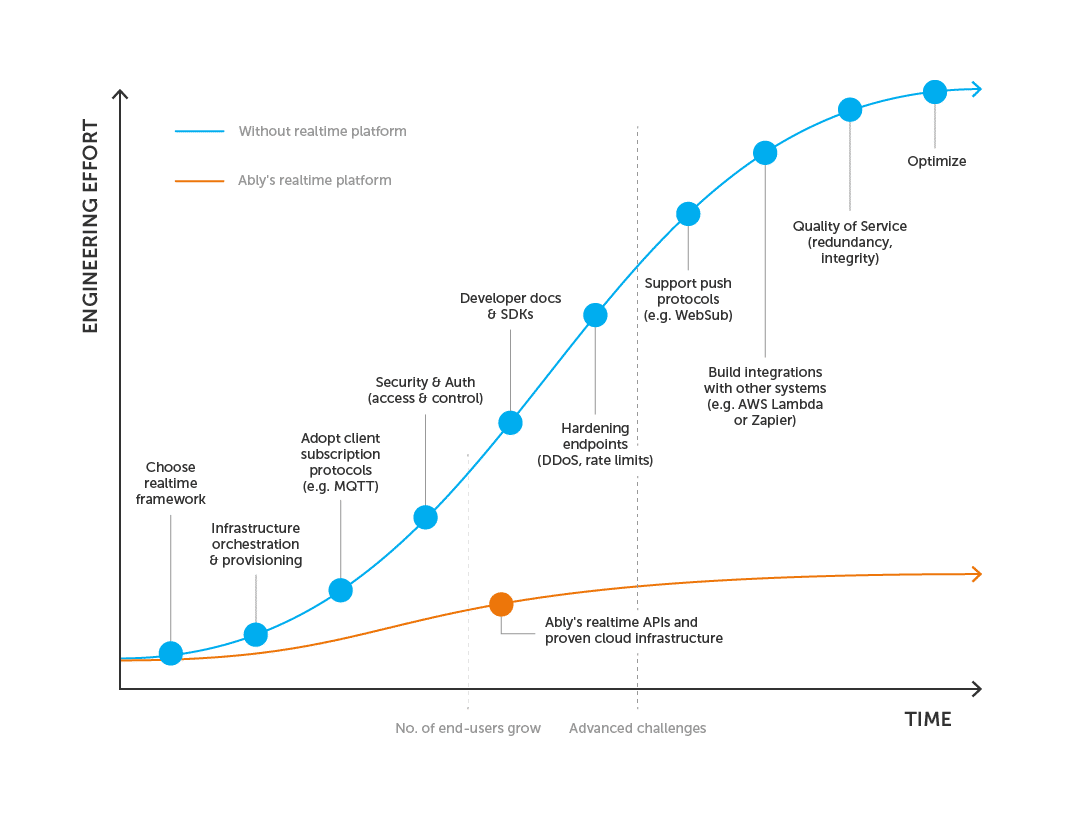
The Realtime Snowball Effect
The Realtime Snowball Effect has three stages:
- Adopt
- Optimize
- Accelerate
Adopt
SaaS providers that explore building their own realtime infrastructure and APIs quickly realize it consists of too many considerations - for both engineering and infrastructure - for it to be worth building, maintaining, and consistently innovating on. It’s seriously not uncommon for even the largest tech companies to simulate realtime with polling simply because the effort of true realtime is too much.
Engineering departments consistently save months of development time simply by choosing to adopt a realtime service rather than roll their own. This already unlocks months of core product engineering, especially when going from adoption to product delivery can take as little as 21 days.
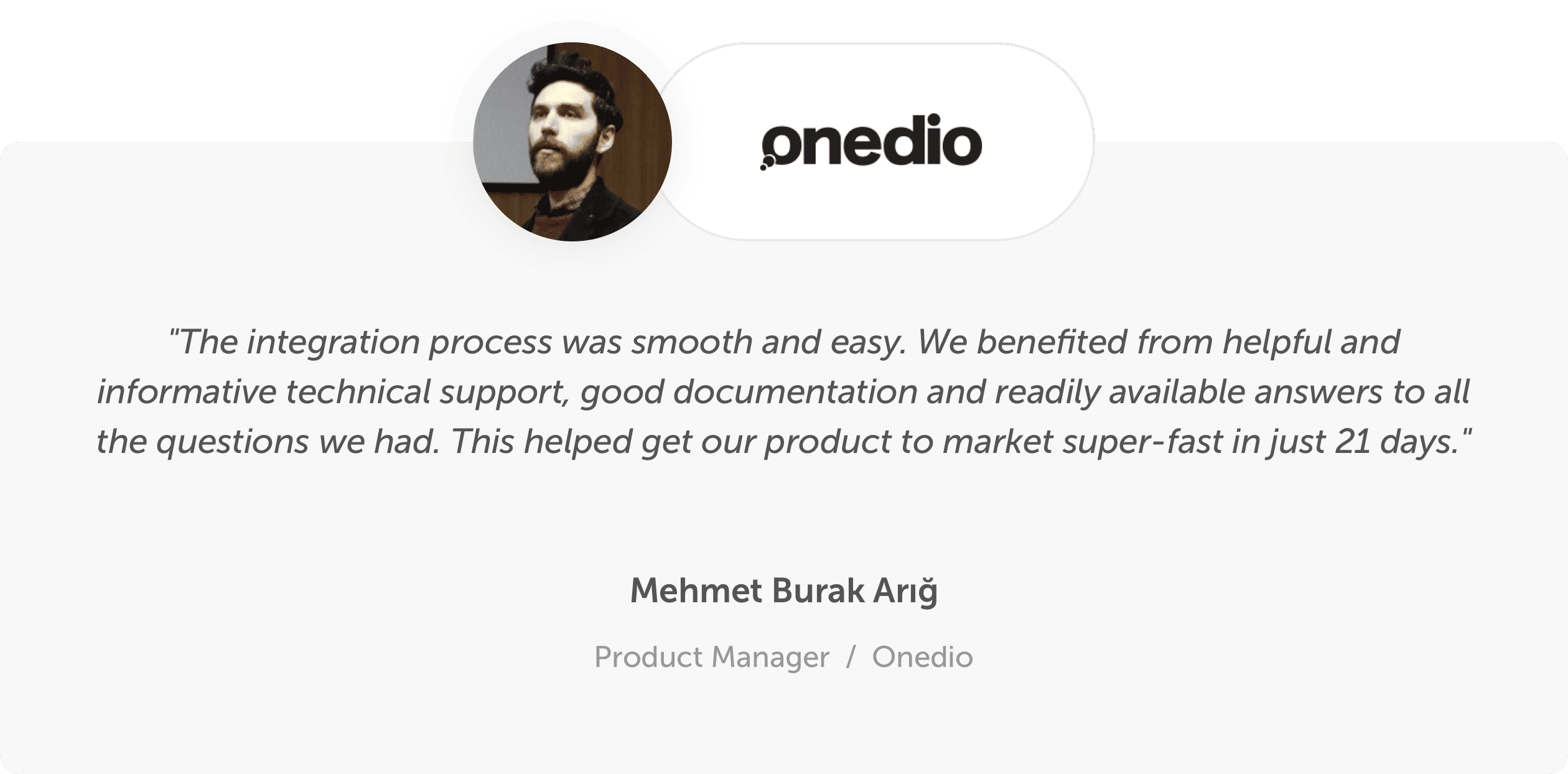
Optimize
Externalizing realtime expertise means it’s possible to optimize both new and existing realtime apps out-of-the-box. Features or optimizations that take additional engineering resources and build time can simply be utilized up-front.
Optimizations aren’t limited to product development. From a raw costs perspective, the operational and bandwidth savings can be huge after adopting a realtime provider simply due to more efficient system designs and scale. Cloud native providers are able to provide cheaper infrastructure and bandwidth rates due to size and buying power.

Accelerate
It will start with a single realtime implementation and grow from there.
In no time, engineering realizes they have a robust realtime service they can depend on. Documentation is good, support is responsive and proactive, and new features and improvements are released on a regular basis. So realtime begins to creep into other parts of the system.
Word eventually gets out. Realtime as a concept (and capability) begins to permeate throughout the organization. It trickles up from engineering to product to commercial teams. The mentality around designing, building, and selling your product fundamentally changes.
The snowball gets bigger. Product and engineering, now they’ve seen the effects of realtime, are freed to tap into their creativity. They know a range of realtime tools is available to them with a simple API call. They know they’ll always have cutting edge functionality because their provider focuses only on realtime technology.
And so end-users experience better outcomes as your product aligns much more with new expectations of live interactions.
HubSpot's CMO has something to say on this:
It used to be that brands won whoever had the best features. But the game has changed. And it’s all about who provides the best customer experience.
This is the Realtime Snowball Effect sweeping SaaS platforms.
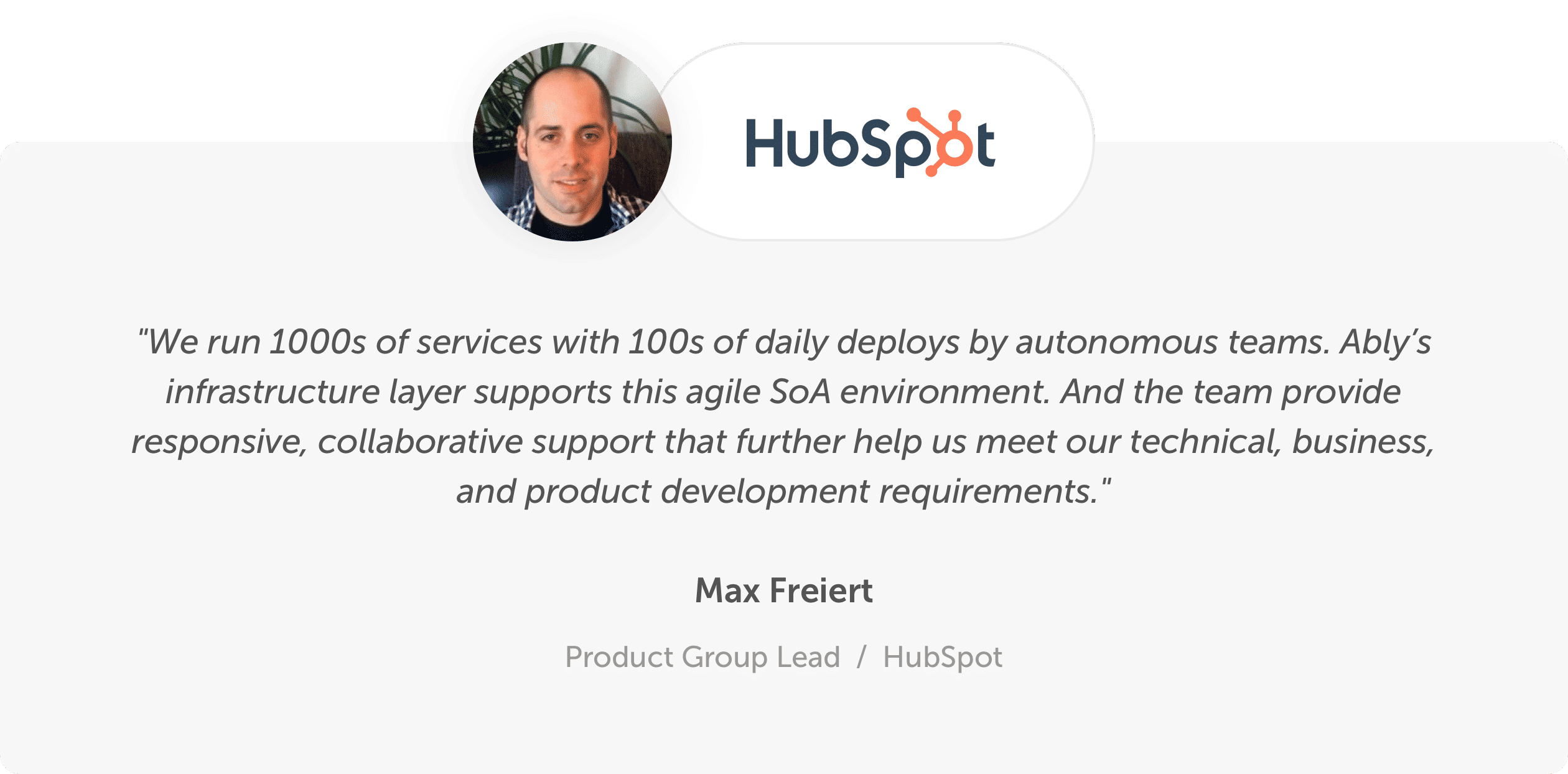
Looking to the future
User expectations continue to lean toward realtime interactions. Realtime features will become the expected norm in many cases, which means more intensive engineering and infrastructure requirements. It also means an already fragmented ecosystem of protocols and third-party services will become even more fragmented.
SaaS companies that make the right decisions about realtime technology and infrastructure now will exceed user expectations in the future.
About Ably Realtime
Ably provides cloud infrastructure and APIs to help developers simplify and overcome complex and demanding realtime engineering. We make it easy to power and scale realtime features in apps (chat, realtime updates, device control etc.), or distribute data streams to third party developers as realtime APIs (transit, sports, financial data etc.).
Organizations build on Ably for three reasons. They reduce technical complexity and operational engineering burden by offloading upfront and ongoing realtime engineering requirements to Ably. They benefit from unrivalled service reliability, performance, and protocol interoperability.
And they future-proof their realtime stack thanks to Ably’s ongoing innovation across every aspect of realtime engineering. Combined, this allows organizations to focus on core engineering goals that drive service development and business growth, rather than infrastructure and uptime. This enables them to ship and scale faster and more efficiently. This is the Ably Realtime Advantage companies like HubSpot, Tennis Australia, and BlueJeans gain by building on Ably.
To learn more about how you can get started now, get in touch.

